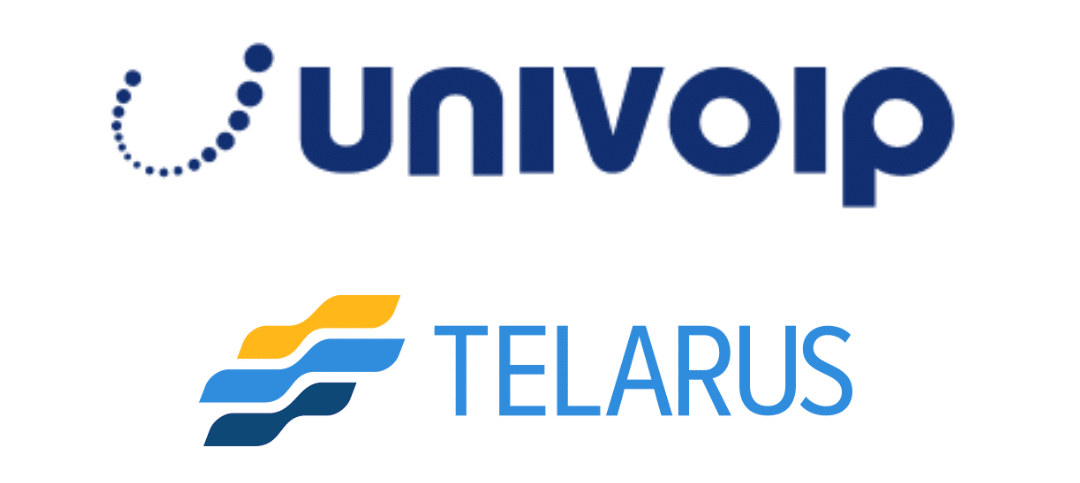Robust communication and collaboration features, remote work capabilities, scalability, security, and Microsoft’s market presence contribute to the widespread adoption of Microsoft Teams as a business collaboration platform. In fact, in its latest earnings call, Microsoft reported that Teams now has over 300 million monthly active users, reflecting a 20X increase compared to pre-pandemic levels.
Although Microsoft Teams has become immensely popular as a collaboration platform, the adoption of its voice phone system lags, with only approximately 5-10% of its user base utilizing Teams as their phone system. However, it is important to note that even within this context, over 20 million users have already embraced Teams for external communication and telephony, illustrating its considerable impact in this space.
While the adoption of Teams Phone System may be slower compared to its collaboration features, it is essential to recognize that Teams is primarily renowned as a collaboration platform rather than a standalone phone system. Organizations typically embrace Teams for its chat, video conferencing, and document collaboration capabilities, viewing the phone system as an additional feature.
As the market for Teams phone system matures and uncertainty around its capabilities diminishes, there is an expectation of a substantial increase in the number of users relying on the phone system within the overall user base of 300 million Teams users.
The driving forces behind the growing adoption of Teams phone system stem from productivity factors and cost considerations, both of which play significant roles in decision-making processes.
Productivity Factors
Increasingly, organizations are leveraging Microsoft Teams for internal messaging, collaboration, and meetings, while still relying on separate phone systems to communicate with external stakeholders. However, this fragmented approach can result in various productivity limitations and drawbacks.
- Fragmented User Experience: Switching between different platforms can create a disjointed user experience for employees. They must juggle between Microsoft Teams and the separate communications system, leading to potential confusion and inefficiency.
- Limited Integration: The lack of integration between Microsoft Teams and the external communications system can hinder seamless information sharing and collaboration. It may require manual processes to transfer information and communication between the two systems, leading to potential delays and errors.
- Increased Complexity: Managing and maintaining two separate systems can introduce additional complexity and administrative overhead. IT teams need to handle multiple systems, user accounts, licenses, and configurations, which can be time-consuming and resource intensive.
- Communication Barriers: Using a disparate communications system for external stakeholders can create communication barriers and potential misunderstandings. Different features, functionalities, and interfaces between the two systems may lead to difficulties in establishing effective communication channels with external parties.
- Potential Security Risks: Maintaining multiple communication platforms can increase the overall security risks. IT teams need to ensure that both systems are properly secured, patched, and updated, which can be challenging and may introduce vulnerabilities.
- Inefficient Workflows: Separating internal and external communication systems can disrupt workflows and hinder collaboration. It may require employees to switch between different platforms, resulting in slower response times, decreased productivity, and potential miscommunication.
Cost Considerations
Maintaining two separate communication platforms, such as Microsoft Teams for internal use and a disparate system for external stakeholders, can indeed lead to increased costs. Here is why:
- Licensing and Subscription Fees: Each platform typically requires its own licensing and subscription fees. By using two separate systems, the organization incurs additional costs to maintain both platforms.
- Infrastructure Costs: Running and maintaining multiple communication platforms may necessitate additional hardware, software, or cloud infrastructure resources. This includes servers, network infrastructure, storage, and backups, leading to increased expenses.
- Training and Support: Training employees to use and manage multiple communication platforms can be time-consuming and costly. IT staff may need additional training to support and troubleshoot issues on both systems, adding to the overall expenses.
- Integration and Customization: Integrating and customizing two separate systems to work together seamlessly often requires additional development and configuration efforts. This can involve hiring external consultants or dedicating internal resources, resulting in increased costs.
- Administration and Maintenance: Managing two communication platforms means allocating resources for administration, maintenance, and updates for both systems. This includes user management, security measures, software upgrades, and bug fixes, which adds to the workload and costs.
- Third-Party Integrations: If other tools or services need to be integrated with both communication platforms separately, there may be additional costs associated with licensing or development efforts to ensure compatibility.
It’s important to note that specific licensing and configuration requirements may apply, and organizations should consult with Microsoft or a Microsoft Solutions Partner, such as UniVoIP, to determine the most suitable Teams phone system connectivity option for their Teams deployment.
You may evaluate UniVoIP’s Cloud Voice for Microsoft Teams for your organization risk-free for 30 days here: Cloud Voice for Microsoft Teams | Microsoft AppSource.
Free trial of Cloud Voice for Microsoft Teams is an easy and hassle-free way for organizations to test drive Microsoft Teams Phone system and decide whether it is the right solution for their operations. The free trial gives full access to the solution for a limited time, which is particularly useful when evaluating the solution’s efficacy within an exact business scenario.



